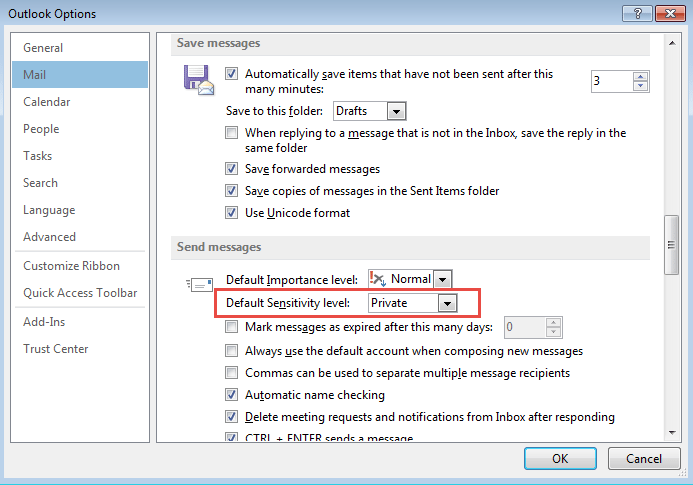
- #Outlook private calendar and public software#
- #Outlook private calendar and public code#
- #Outlook private calendar and public professional#
- #Outlook private calendar and public free#
Sharing your calendar allows other users to see your schedule. Sharing Calendars with Co-Workers on ETSU Network Select "Free / Busy Time" from the list, then click Underneath, there will be a drop-down menu that lists all available permission
#Outlook private calendar and public free#
In the event that your Default setting is not set to Free / Busy Time:Ģ.

It should be located on the left side of the screen. Right-click on "Calendar" under the heading My Calendars. To access your Calendar Permissions, open your Outlook program and select the Calendar section. Of your appointments, but not the details. This means that other users trying to access your calendar can see the time blocks By default, your calendar settings should be set to Free/ Busy Time. Outlook calendar's have several security settings that enable or disable access to The following section will detail the recommended settings and procedures for securing
#Outlook private calendar and public software#
#Outlook private calendar and public code#
As I was reading sites that suggested VBA code to change multiple items at once, I noticed in the comments a few references to simply “dragging and dropping” from one category to another. Manually changing all of the more recent items back from private to public wasn’t that much more appealing than manually changing the old ones to private. My initial search for a solution yielded some VBA programming code that was designed to change *all* appointments to private, but that still wasn’t the solution I wanted… many of my calendar items after April 2011 I wanted my coworkers to see. The question became: Can I make multiple items “private” at the same time, or am I stuck opening each and every one and making them private in turn? I just couldn’t commit to doing this 5000 times in a row. I wasn’t necessarily pleased to see every last activity in my life for the past 10 years show up in Outlook! Ok, I thought, I wouldn’t mind holding on to this information (you never know when it might come in handy) – but I’d prefer to keep it private. I decided to try importing my Palm Pilot calendar into Outlook – and much to my surprise, it actually worked.

Here at IT Training, we use Microsoft Outlook and the Exchange server to share calendar information. The fact that I didn’t need to share my calendar with anyone made a big difference. Since replacements were cheap and easy to find on eBay, and I had my data synced with my office computer, I saw no immediate reason to change. I bought it for myself in 2001, and have been using it for everything since then.
#Outlook private calendar and public professional#
Before starting my job with IT Training, I had my personal and professional calendar organized using a Palm Pilot m125.


 0 kommentar(er)
0 kommentar(er)
